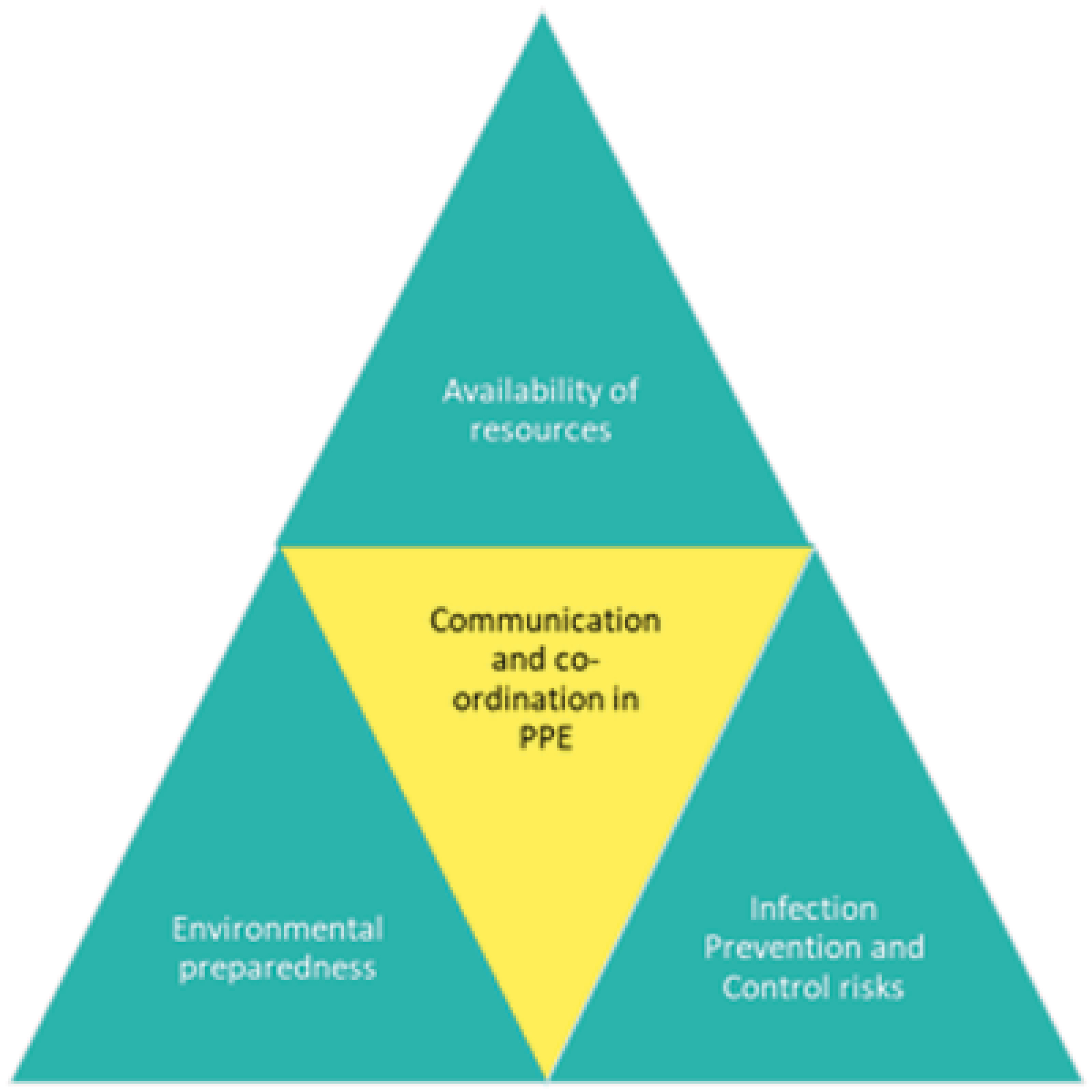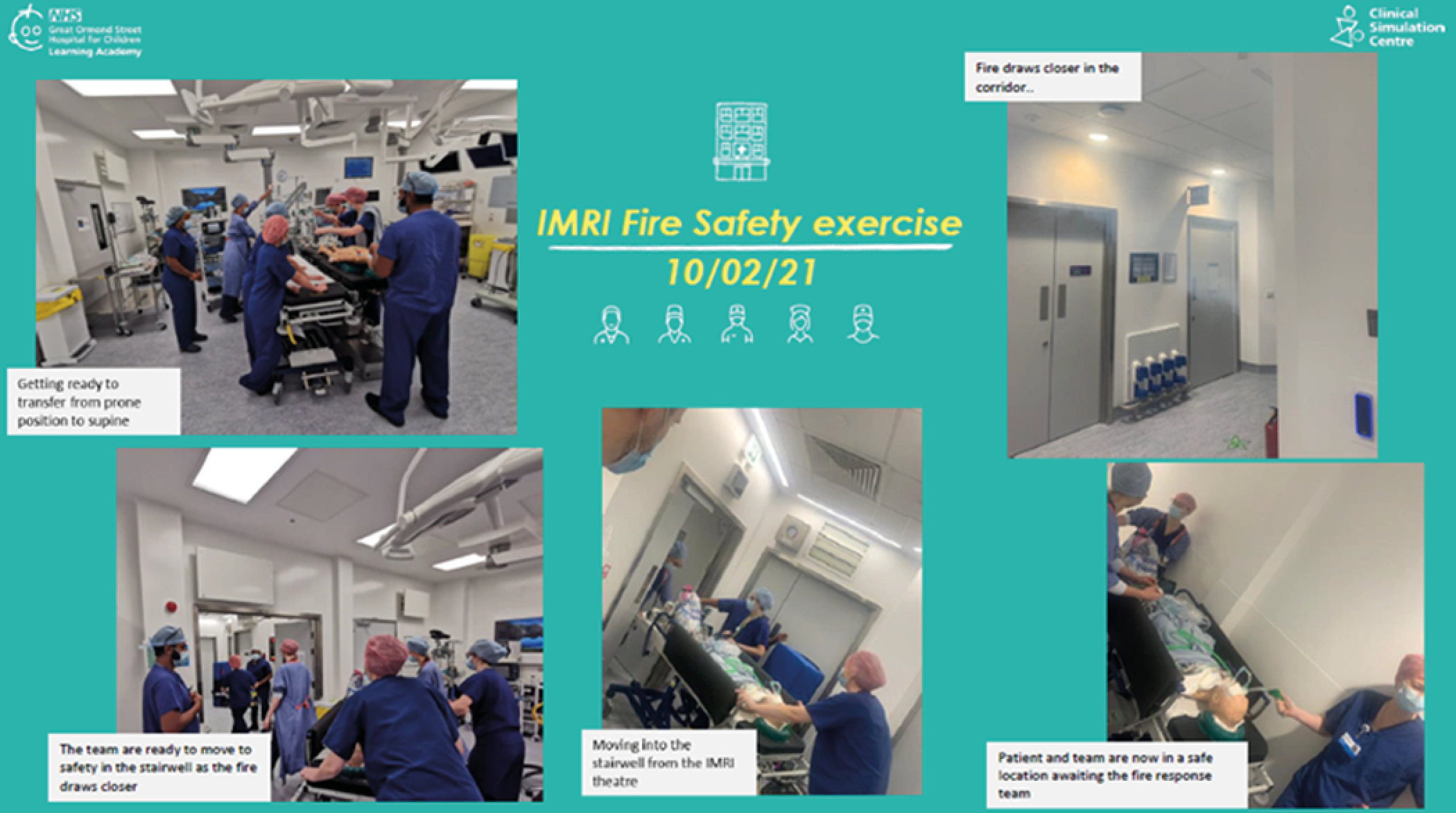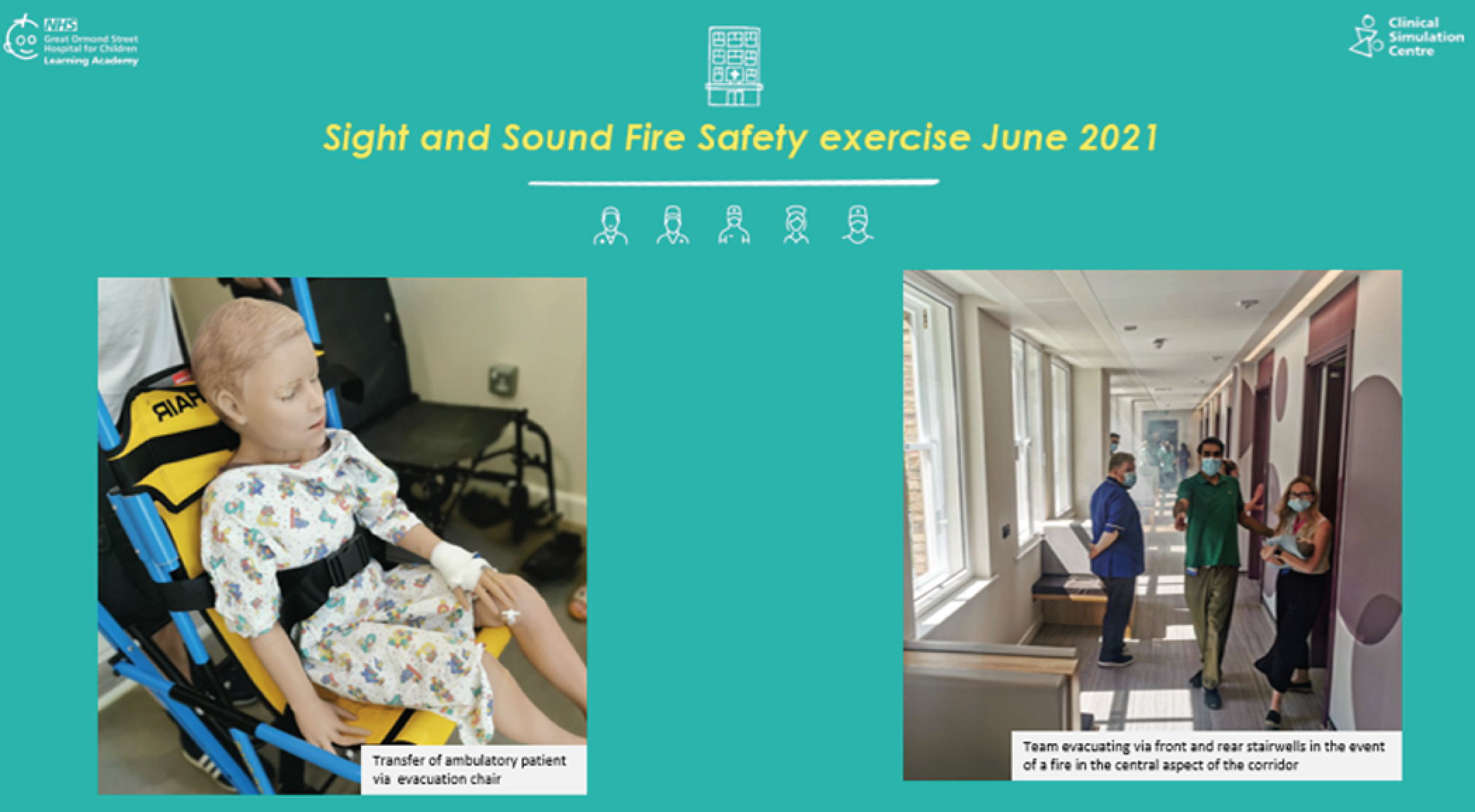
The GOSH Clinical Simulation Centre (CSC) delivers an established paediatric in situ simulation programme at Great Ormond Street Hospital. Prioritizing advancement of the patient safety agenda, we work closely with our quality and safety teams to embed key safety themes within our trust-wide in situ curriculum. A fundamental objective of in situ simulation is to identify and remove risks or ‘latent safety threats’ in the clinical environment, which could cause unintended harm to patients or staff [1]. Fitting with the safety II approach advocated in the National Patient Safety Strategy [2]; another emerging application of in situ simulation is its use to evaluate clinical systems and processes [3].
The aim of the study was to expand the applications of our pan-trust in situ programme to adopt a prospective approach to simulation delivery via ‘Systems Safety’ exercises.
Over the course of 18 months, simulation exercises were designed to focus on rehearsal and refinement of processes and systems, towards uncovering latent safety threats or gaps in practice. A reporting tool was developed; to capture risks and identify mitigating actions. In addition to this, an established reporting structure enabled faculty to share findings and escalate risks to the local patient safety team. The COVID-19 pandemic presented healthcare workers with many new or unfamiliar working practices. This context further shifted our focus towards systems safety simulations (SSS) with the aim of enabling teams to focus on rehearsing and preparing for new ways of working.
Ten different exercises were delivered with clinical teams across the trust: successfully informing the development of five new clinical guidelines relating to COVID-19-specific practices. In one exercise alone, 11 latent safety threats (LSTs) were captured and managed with the appropriate teams (Figure 1). A system-based approach to simulation has since been used to inform equipment location and fire evacuation processes in two new clinical environments (Figures 2 and 3).






These exercises demonstrate the potential applications of simulation to support process and system improvement. Beyond the pandemic, we aim to continue to deliver SSS exercises to help make clinical systems and spaces safer for patients and teams. Following in the footsteps of successful simulation teams in the USA, we aim to advance this work to deliver SSS at the preconstruction level in future to inform the design of new clinical spaces.
1.
2.
3.